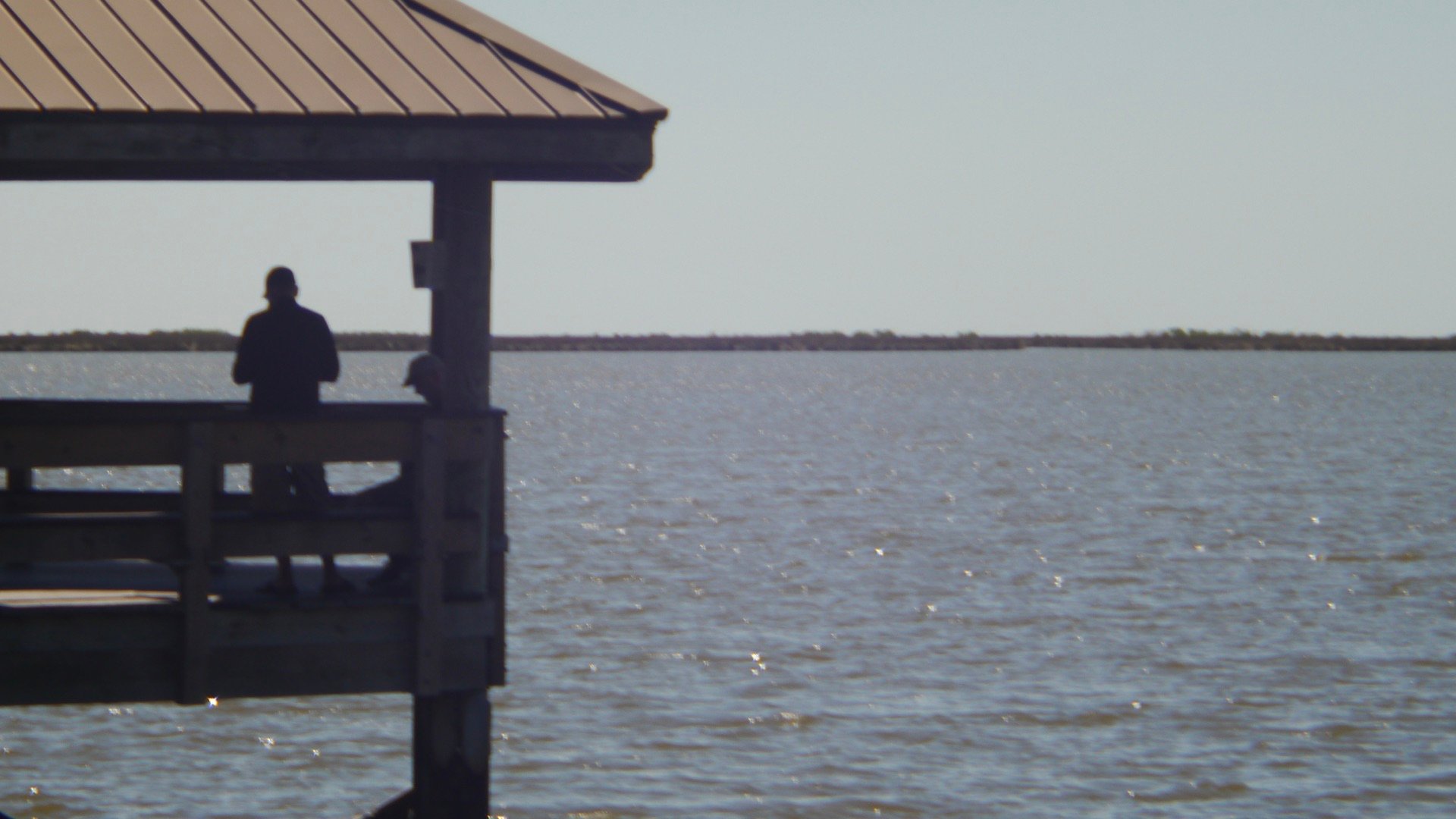
Bundled inside the Lomography LomoMod No.1 cardboard camera kit (read our review here) is a completely self-contained lens system. Aperture, shutter mechanism, shutter speed adjustment, and lens are all packaged together in typical plastic Lomo fashion. What’s extraordinarily outrageous about this lens system, however, is that the lens must be filled with water for functionality AND this system is equipped with a Leica thread (screw) L39/M39 mount.

Leica IIIg owners rejoice, right? Here’s a new experimental lens for your M39-mount camera. Well, almost; this water lens is fixed focus and it’s film plane is designed for the LomoMod No.1 camera. Therefore, your photographs will be out of focus. Thankfully, with a little hocus-pocus lens/camera adapter magic, this lens can be adapted to a modern mirrorless camera.
According to the History of Science Museum, Oxford, England, the actual design for this water lens can be traced back to the 1859. That’s the year when Sutton started spending way too much time looking at and through water globes and patented his Water Filled Lens. These water globes are similar to those little curios that we shake during the Christmas season to sprinkle fake snowflakes all over Santa’s head. Sutton’s water globes, though, were large glass spheres that he peered into and studied the resulting images that appeared through his newfound liquid optics.


These images were made from curved glass negative plates. Yes; that’s curved glass photographic plates, people. Awesome!
Lord of the Rings
So exactly how are you going to adapt a Sutton Water Filled Lens to your mirrorless camera? You’ll need two lens-to-camera adapter rings:
– M39/L39 lens to camera adapter
– A camera lens to mirrorless camera adapter with variable focus

In the example shown in this project, an M42 threaded camera adapter is used. Therefore, the two adapter rings are:
– Fotodiox Lens Mount Adapter, M39 to M42 $9.05
– Fotodiox Lens Mount Macro Adapter – M42 Screw Mount SLR Lens to Micro Four Thirds (MFT, M4/3) Mount Mirrorless Camera Body for Variable Close Focus $49.95
[Please note: the Sutton Water Filled Lens will be able to achieve true infinity focus with this setup.]
Go Under Water without Getting Wet
Once your setup is complete, it’s time to shake your water globe, err, I mean, take photographs with your Sutton Water Filled Lens. There are two unique techniques that you will need to use to finesse pleasing photographs from your “aqueous” mirrorless camera rig.

First, and foremost, you must use one of the aperture plates included with the LomoMod No.1 camera. These plates are thin black cardboard inserts that are slipped into a receiver that sits behind the lens. For the optimal photographic results, the f/32 plate is recommended. Alternatively, the special shape plates can be artistically used in scenes featuring bright glare and reflections.


Secondly, you must set the “T” (Time) switch on the shutter speed mechanism to the open position. Additionally, you will need to select your mirrorless camera “aperture priority” mode for enabling the selection of a suitable shutter speed coupled to your chosen aperture plate. Oh, and don’t forget, your camera must be enabled for using its “shoot without lens” feature, too.

[Please note: If you want to push the Sutton Water Filled Lens and your mirrorless camera to their limits, try closing the T switch, setting your camera in Manual mode, Bulb exposure, and point and click the lens’ shutter release multiple times.]

Finally, if you want to experiment with colored filter options, just inject some liquid food coloring dye into the Sutton Water Filled Lens. Lomography has thoughtfully supplied a syringe and needle for injecting your choice of mixture into the lens.
Beyond a doubt, the Sutton Water Filled Lens system included with the LomoMod No. 1 camera is a flexible and powerful photographic tool that Lomography could (should) market as a standalone product. And by using just a couple of inexpensive adapters this exciting lens system can be brought into the digital world. Just remember to be thankful that your mirrorless camera doesn’t use curved glass plates for negatives.
Enjoy.

